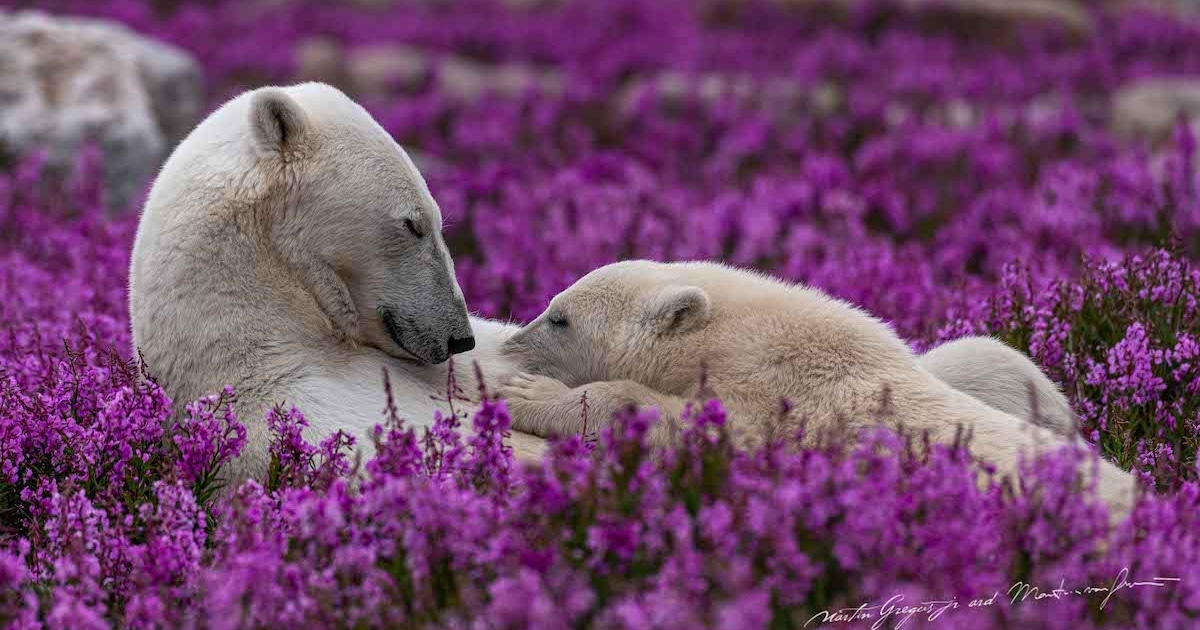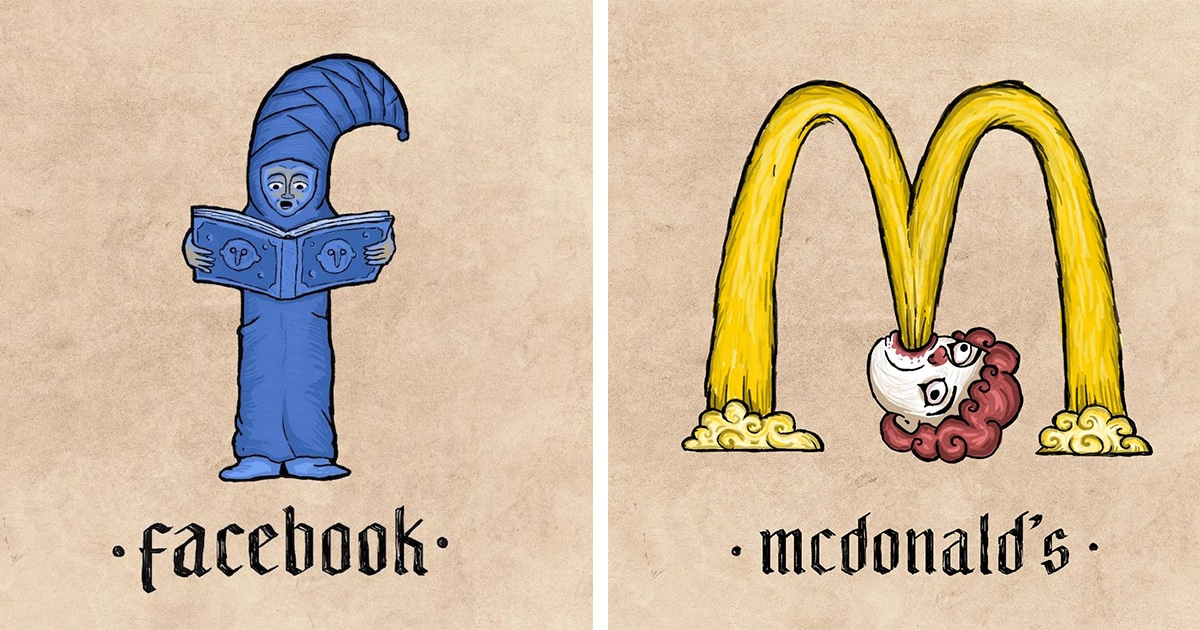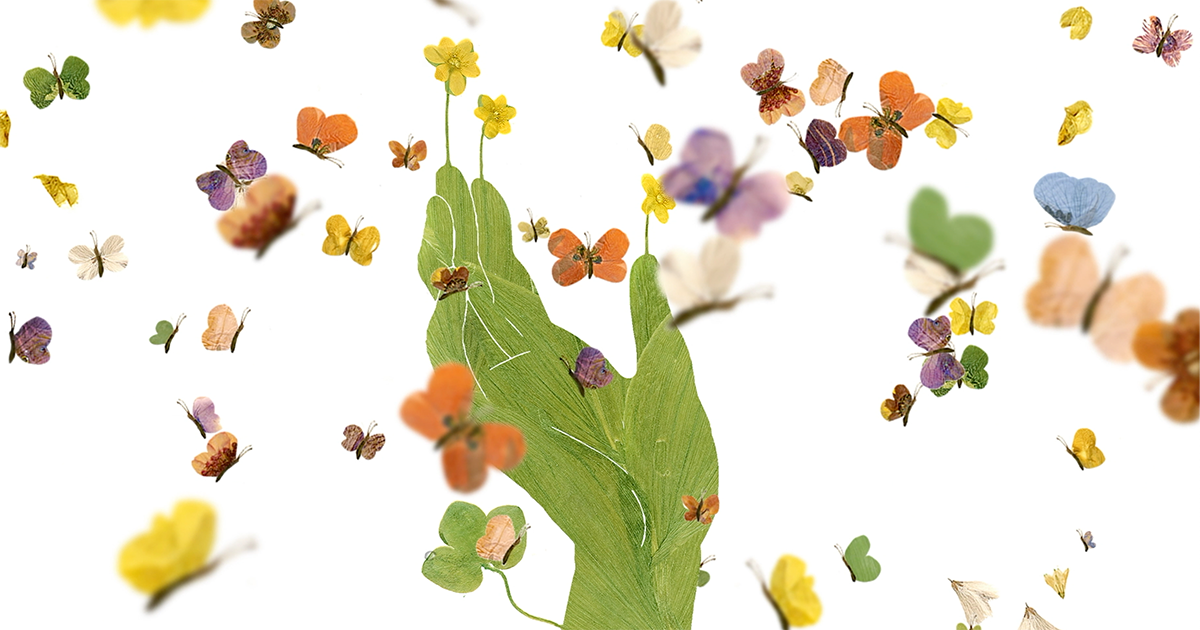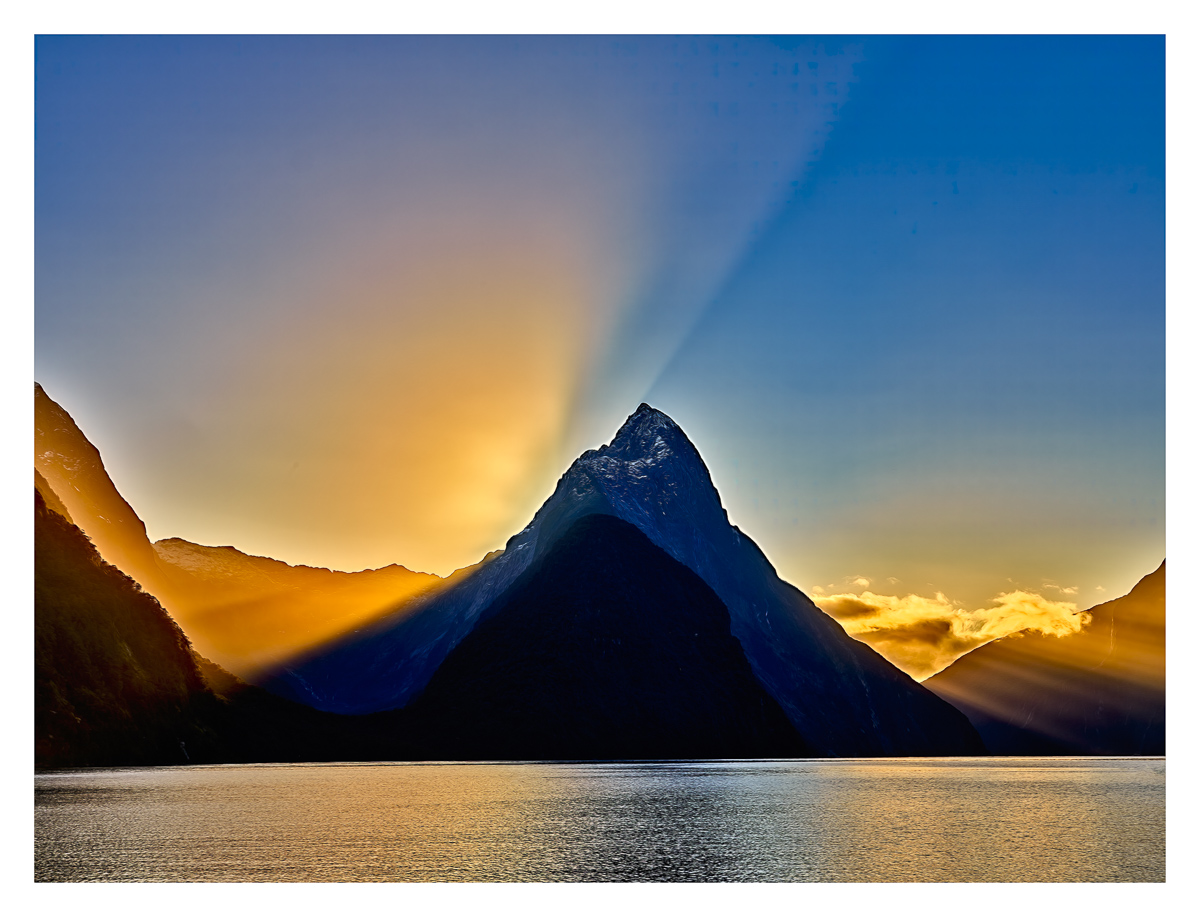- Breathing Light
- Posts
- Breathing Light Issue #54
Breathing Light Issue #54
On the Song of Water

In this issue
Taku Mahi Toi o Te wiki-My Image of the Week
Koorero Timatanga-Frontispiece
Photographer's Corner-on edge, line and contrast. And practising your scales.
Waiata mou te Ata-Poem for the day
Fevered Mind Links (to make your Sunday morning coffee go cold)
Koorero Whakamutunga-Endpapers
My Image of the Week
Taku mahi toi o te wiki

Weir, Whatipu Kaa Tuka, Fiordland | Fujifilm XH-1, XF 100-400/4.5-5.6
“ For true love is inexhaustible; the more you give, the more you have. And if you go to draw at the true fountainhead, the more water you draw, the more abundant is its flow.”
Singing a song of water.
Splitting my infinites
I have long felt that Fiordland might well be named Waterland, for it is formed by water, shaped by water, nourished by water, by the song of water.
This seems to me that every place has its season, when it is at its most magnificent, wearing the crown of the house to which it belongs. Central Otago is really about autumn, when it dons its Technicolor Dreamcoat, its coat of many colours. Photographers love to flock there, to catch the intense warm colours and the deep blue overbowl of the sky.
when I arrived here in 2018, one of my friends, a photographer who had been in love with the place 426 years or more, said to me: "Tony, the best time to be here is in winter. It's as cold as f*** (his words), but at its most glorious."
He was quite right.
Millennia ago, the mountains and valleys were one giant ice block. Only a few peaks would have protruded through the vast ice fields. Then it all began to melt, and the glaciers carved the valleys from the granite. Every time I travel through or over Fiordland, I'm reminded of that beautiful quote by the Roman poet, Ovid:
"Dripping water hollows out stone, not through force, but through persistence."
"Dripping water hollows out stone, not through force, but through persistence."
I found the power of Fiordland almost overwhelming. It helped that II was working on a commission to photograph it and spent many hours in a helicopter, looking down on it. By the time I had photographed all fourteen fjords and the two major lakes, I was starting to get a feel for it.I could feel its raw power And began to see see the rivers that crisscrossed it As veins, carrying life from one part to another.I began to fall deeply in love with its frightening demeanour and sheer uncompromising character.
Then, as time passed and I visited the same places again and again at different times of the day or year, I began to see more deeply, to peer through the fearsome façade.
And wonder.
Near the Homer tunnel, When the Holly for the river is flowing, there is a wonderful Paul known as The Sinks (quite why it is called that, I've never been told). If you didn't know where it was, you wouldn't ever find it; however, all the local photographers know about it. If you turn up around dawn On a fine sunny morning(winter is best), And wade out into the middle of the pool just By the weir, It's possible to get Mt. Talbot Reflected in the Water. However, it is somewhat of a mission and requires uncompromising determination. The rocks are slippery, and the water is not far above freezing. It means standing up to your knees and icy water in search of the ultimate Image. I've done it a couple of times, but for one reason or another, I wanted to look past the obvious.
One afternoon, around lunchtime, I was travelling back south toward Te Anau, and I noticed how the sun was pushing around the corner of the Sawtoothed Range, bouncing off the mountains and reflecting on the water.
I pulled over and got out my camera and the long zoom. Through the viewfinder, the water tipped from a languid, lazy gold to a shredded deep blue, As the stones In the weir kneaded it into new and unique shapes.
Fiordland had decided that perhaps I had made the grade and was worthy.
And she showed me her softer side.
Frontispiece
Koorero Timatanga

Water, Roto-Ua, Fiordland | Fujifilm X-H1, XF16-55/2.8
" I think love is the greatest force in the universe.
It's shapeless like water.
It only takes the shape of things it becomes. "
Atamaarie e te whaanau:
Good morning everybody.
Like last week, this week's newsletter took its time before declaring itself and pointing the way.
I Have to thank a passing cloud which showed meThe direction it wanted to take.
Lately, here in Te Anau, the weather Has been Distinctly Jekyll and Hyde. At 5 am, when I usually get out of bed, the mountains are clad in brooding eyebrows of grey. To the east, they ripple grey and almost grey, which tells me it's going to be a lovely day. This morning, when I arose, the air was holding its breath. Taawhirimaatea, the God of the winds, was playing games again. I could feel him lurking just beyond the jagged teeth of the mountains to the west.
however, I know that by mid-morning, the cloud will have burnt off, and we will be in for a warm sunny day. It is rather joyous to watch Te Raa, the sun, shredding the grey blanket Into handfuls of cotton wool and then gradually Dissolving them into nothing. job done. Move along. Nothing to see here.
It was when I was looking at one of the clouds that the thought came to me: what is the cloud anyway?
I know. I know. Water vapour, cold but not cold enough to fall as rain. One of the three states of water. Not ice (solid), not liquid, but gas. all water exists somewhere within a triangle.
Then the thought came to me: what is a cloud but a potential idea, composed of a multitude of drops of possibility and opportunity?
Perhaps clouds are metaphors for our human journey. Perhaps they are reminders that change is constant.
Until it isn't.
And I found the Theme for this week's newsletter.
Water. In its different states.
Rather like us, really.
Photographer's Corner-
On edge, line and contrast. And practising your scales

Ice patterns, Otapara, Fiordland | Fujifilm X-H1, XF 56/1.2R
“It is a very beautiful day. The woman looks around and thinks: 'there cannot ever have been a spring more beautiful than this. I did not know until now that clouds could be like this. I did not know that the sky is the sea and that clouds are the souls of happy ships, sunk long ago. I did not know that the wind could be tender, like hands as they caress - what did I know - until now?”
Have you ever wondered why your pictures appear sharper on a sunny day and not so much when the light is dull and flat.?
Sharpness is as much a function of light as it is of the quality of the camera and lens you are using.
To understand contrast, we need to look at two terms that relate to the pictures we make. These are Edge and Line.
Let's define the two of them.
An edge is where two areas with very different tonal values meet. Because they are very different, we are able to distinguish the difference. Our eyes are wired to detect difference, and an edge shows us a point of difference. While Hugh is involved, essentially it's about differences in tone. In the picture of the ice patterns above, you'll see edges where one side of the line is dark and the other has a brighter tonal value. In each has no volume, other than being a place of transition.
When we have two edges some distance apart, then we have a line. The middle area between the two edges will be tonally different, and from that we are able to determine how wide the liners as well as how long. In the picture above, you'll see that the white lines of the eyes, while narrow, have volume. On either side of the brighter tone in the middle are two darker areas. Our mind is thus able to make a number of important decisions about how many lines there are, how they interrelate, and how they form patterns.
It's been said that one thing is an event, two things are A coincidence, and three or more are a Pattern.
Think of it this way: Edge>Line> Pattern
.Please note that this is not about composition. These are some of the core components of Visual Design, which is a different beast altogether.
When we use our sharpening tool and whatever developing program we are using, what we are essentially doing when we sharpen is moving the RGB values on either side of the edge further away from each other. Note here that we do not apply sharpening to lines; we apply them to edges Only. Sharpening may appear to make lines more distinct. In fact, it only affects the edges on each side of the line. One way of understanding this is to zoom in along an edge until you see the actual pixels. Now drag the slider further towards sharp and observe how the tonal values change. The darks will get darker and the lights brighter. It's up to you to decide how much contrast you want along those edges. It's quite customary to watch beginners overdo it. They have changed the RGB values along an edge to such an extent that it looks false. Bird photographers are particularly susceptible to this. How often have you seen birds with plastic feathers? Which, of course, they don't have. Otherwise, they would fall out of the sky.
If you play a musical instrument or perhaps took piano lessons, you will know the importance of practising the components. All those hours in the beginning, as you attempted to master Chopsticks, were necessary to enable you to crack Chopin's Minute Waltz.
Photography is no different. In order to master it, you need to study each of the components of visual design and practice them. Here is a suggestion.
Set yourself a challenge for a day (or more), choose one of the components and go out concentrating only on that. Forget about making a masterpiece that will make you rich and famous and get you as many followers on Instagram as Kim Kardashian, and just make pictures of that.
For example, choose line and edge and go out making pictures of only line and edge. Forget red, forget major disasters, or climbing up Rob Roy to make a picture of Lake Wanaka with a small figure holding their arms wide. just photograph the design component. As you practice and study each of these components, you will begin to understand them at a deeper level and eventually incorporate them into your own visual vocabulary.
The picture underneath came when I was practising line and edge. It's not a picture which will ever win me to million likes on Instagram, but it taught me a lot about line and edge.
And in doing so, broadened my vocabulary.

Wall detail, Stellenbosch, South Africa | Canon 1Ds Mk II, EF 24-7-/2.8
Waiata Mou Te Ata-Poem For the Day
Cloudsong

Dolphin Dreaming, Piopiotahi | Fujifilm GFX 100, GF 100-200/4
“This place is a dream.
Only a sleeper considers it real.
Then death comes like dawn, and you wake up laughing at what you thought was your grief.”
Cloudsong
The wandering wind in the west
tiring of circling and twirling
its fingers in the stranded hair
of the blue destressed air,
reaches frigid fingers hands-down
into the wandering ocean,
scooping up briny handfuls
of pliant, protesting waterdough,
and squeezes out the salt,
to watch it fall in fatpatter raindrops on the upturned seaface,
then shapes it into bleachedballs
painting on faces and eyes,
hanging them by a thread
from the pendulum quarter-moon.
Then he herds his new creations east
over the serrated blackened teeth
of awaiting parchment mountains
until they forward-roll
and spill and sprawl
upon the parched parchment land.

Fevered Mind Links (to make your Sunday morning coffee go cold)
End Papers
Koorero Whakamutunga

Tors, Mt. Titiroa, Te Ana-au | Fujifilm GFX 50S, GF 32-64/4
“We Orientals tend to seek our satisfactions in whatever surroundings we happen to find ourselves, to content ourselves with things as they are; and so darkness causes us no discontent, we resign ourselves to it as inevitable. If light is scarce, then light is scarce; we will immerse ourselves in the darkness and there discover its own particular beauty. But the progressive Westerner is determined always to better his lot. From candle to oil lamp, oil lamp to gaslight, gaslight to electric light—his quest for a brighter light never ceases, he spares no pains to eradicate even the minutest shadow.”
On simple blessings
So what brings you joy?
What brings gentle warmth and peace to your heart?
What treasures will you store in your heart instead of your garage?
On my patio is a delightful chair gifted by a friend. It's lovely to go outside with a cup of coffee and sit there, feeling the peace of the morning, surrounded by trees and plants and unoccupied houses. Sometimes I will pull the chair to the edge of the patio and sit there with my feet planted on the grass. I will watch the leaves on my cherry tree plucking tunes from the harp of the wind and try to ignore my tomato plants grumbling at me to give them more water.
Often Forest, the neighbour's cat, will stalk by in his relentless determination to destroy all the local birdlife. Interestingly, he is absolutely frightened by tuii. With some justification. Apparently, he caught one, and while he was stalking home proudly with it, all the bird's whaanau had a quick conference, and then half a dozen tuii promptly attacked him. He was so shocked at being bombed that he let his prey go, and it promptly flew away. Now he is dead scared of them. I've watched him suddenly freeze and look nervously around when he hears a tuii nearby.
Nobody messes with the tui. They are the bully birds of the bird world.
All the wonder of The life of the native worldIs happening around us if we are willing to stop, settle and observe.
Each day the Taiao gifts us wondrous insights into its simple complexity.
And surely these are the true blessings.
As always, walk gently upon our Mother and be kind to each other.He mihi arohaa nunui ki a koutou katoa
Much love to you all,
Tony













Reply